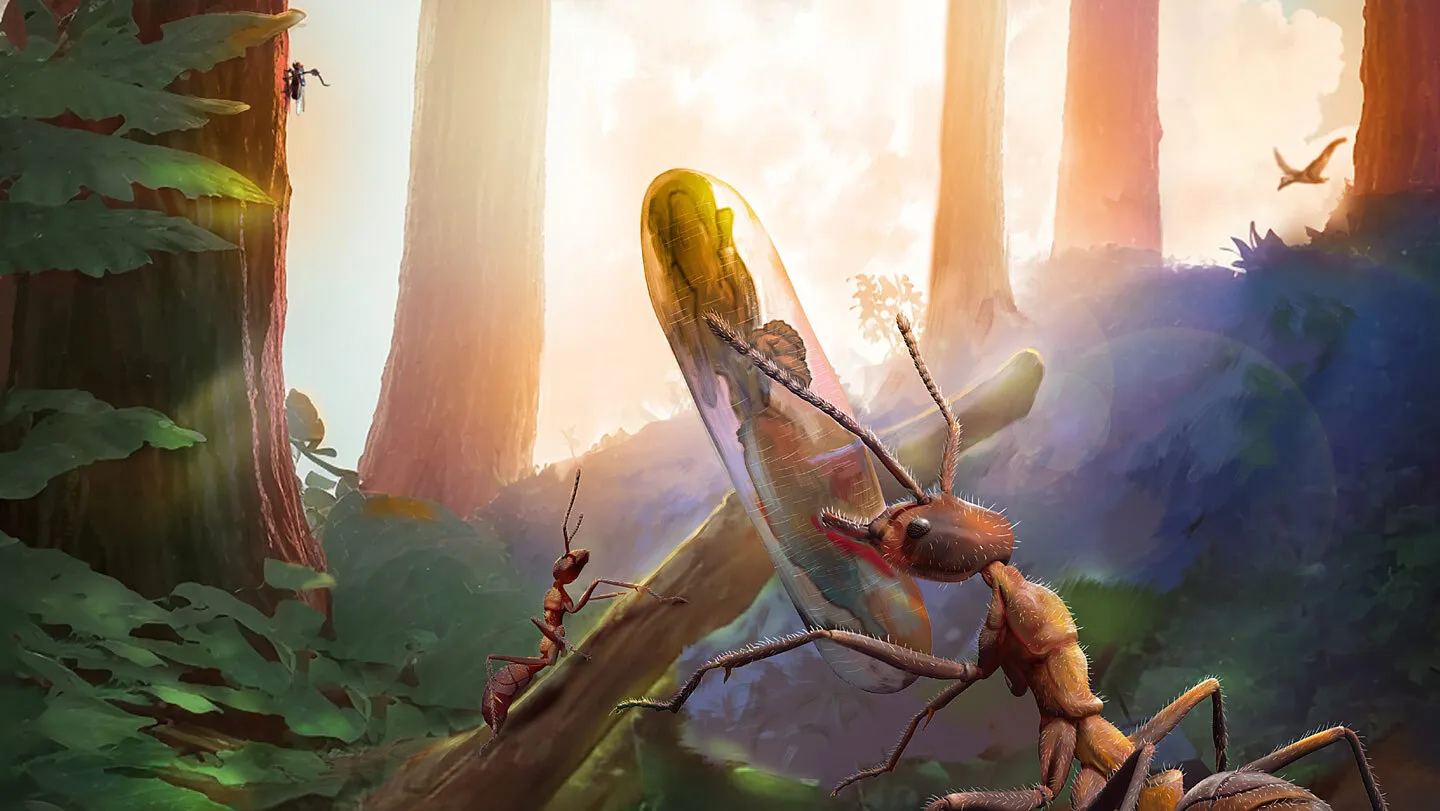
Zombifying fungi have been infecting insects for 99 million years
How did your country report this? Share your view in the comments.
Diverging Reports Breakdown
Zombifying fungi have been infecting insects for 99 million years
A fossil of a fungus-infected ant pupa was found in China 99 million years ago. The fossil was remarkably similar to modern-day “zombie fungi.” It suggests the ancestors of Ophiocordyceps were already infecting multiple groups of insects back then. The oldest fossil ant ever found is 113 million years old, so zombie fungi might have been infecting ants almost since their origin, says paleontologist Yuhui Zhuang. It’s a pretty gruesome story if you’re an ant or … a fly, says researcher Conrad Labandeira of the National Museum of Natural History in Washington, D.C. The fossils are one of the most important evidences for the coevolution between insects and fungi, he says.
Ophiocordyceps fungi infect insects like flies, caterpillars and ants. Dying fungus-infected ants suddenly develop the urge to leave their nest, climb up to a high leaf and bite down with a death grip. In one final gory moment, the fungus explodes out of the ant’s back, releasing spores that will infect the next unsuspecting victims.
Sign up for our newsletter We summarize the week’s scientific breakthroughs every Thursday.
Scientists have studied how these fungi infect insects and control their behavior — it’s even the inspiration for the zombie apocalypse in The Last of Us. But little is known about when this bone-chilling interaction first started.
The soft bodies of fungi rarely fossilize, says Conrad Labandeira, a paleontologist at the National Museum of Natural History in Washington, D.C., who was not involved in the research. So, finding a fossil of a fungus still inside an infected insect is very rare, he says.
That is why it was a stroke of luck when paleontologist Yuhui Zhuang stumbled across an amber fossil of a fungus-infected ant pupa while digging through his lab’s basement at Yunnan University in China. He first thought that what was sticking out of the ant pupa’s back was a developing wing, which ant queens and males have. He was surprised when a 3-D image of the fossil revealed a fungus sprouting out of one the antibiotic-producing glands ants have on their backs. This fungus was remarkably similar to modern-day “zombie fungi.” It had similarly shaped spores and they were growing out of a domelike structure that had burst from the insect’s back.
A subsequent search turned up a fungus-infected fly, also trapped in amber. It too bore the same similarities to modern-day Ophiocordyceps.
A fly with a zombie fungus sprouting out of its back was trapped in a droplet of tree sap 99 million years ago. Y. Zhuang et al/Proceedings of the Royal Society B 2025
Both fossils were 99 million years old. That suggests the ancestors of Ophiocordyceps were already infecting multiple groups of insects back then, says Labandeira.
“We think [these fossils] are one of the most important evidences for the coevolution between [insects] and Ophiocordyceps,” says Zhuang. The oldest fossil ant ever found is 113 million years old, so zombie fungi might have been infecting the ancestors of ants almost since their origin.
Ant pupae can’t move, so the fungus was probably not manipulating this fossilized ant’s behavior, cautions Zhuang. The pupa may have been removed from the nest by an adult worker that realized it was infected, he says. Once outside, the fungus would have had the chance to release its spores in search of its next victim.
“It’s a pretty gruesome story if you’re an ant or … a fly,” says Labandeira.
Source: https://www.sciencenews.org/article/zombie-fungi-infecting-ants-fossil
